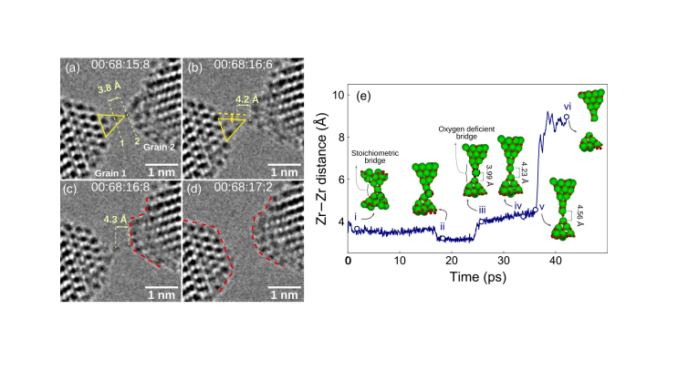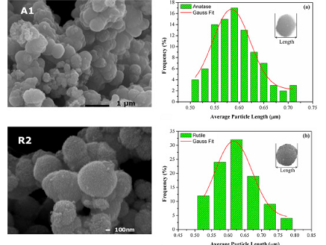
Stability and Rupture of an Ultrathin Ionic Wire
Abstract: Using a combination of in situ high-resolution transmission electron microscopy and density functional theory, we report the formation and rupture of ZrO2 atomic ionic wires. Near rupture, under tensile stress, the system favors the spontaneous formation of oxygen vacancies, a critical step in the formation of the monatomic bridge. In this length scale, vacancies provide ductilelike behavior, an unexpected mechanical behavior for ionic systems. Our results add an ionic compound to the very selective list of materials that can form monatomic wires and they contribute to the fundamental understanding of the mechanical properties of ceramic materials at the nanoscale.
Author(s): Focassio, B.; Fiuza, T. E. R.; Bettini, J.; Schleder, G. R.; Rodrigues, M. H. M.; Junior, J. B. S.; Leite, E. R.; Fazzio, A.; Capaz, R. B.
Physical Review Letters
Published 18 July 2022
DOI: https://doi.org/10.1103/PhysRevLett.129.046101
CDMF
The CDMF, hosted at the Federal University of São Carlos (UFSCar), is one of the Research, Innovation and Dissemination Centers (RIDC) supported by the São Paulo State Research Support Foundation (Fapesp), and also receives investment from the National Council Scientific and Technological Development (CNPq), from the National Institute of Science and Technology of Materials in Nanotechnology (INCTMN).




